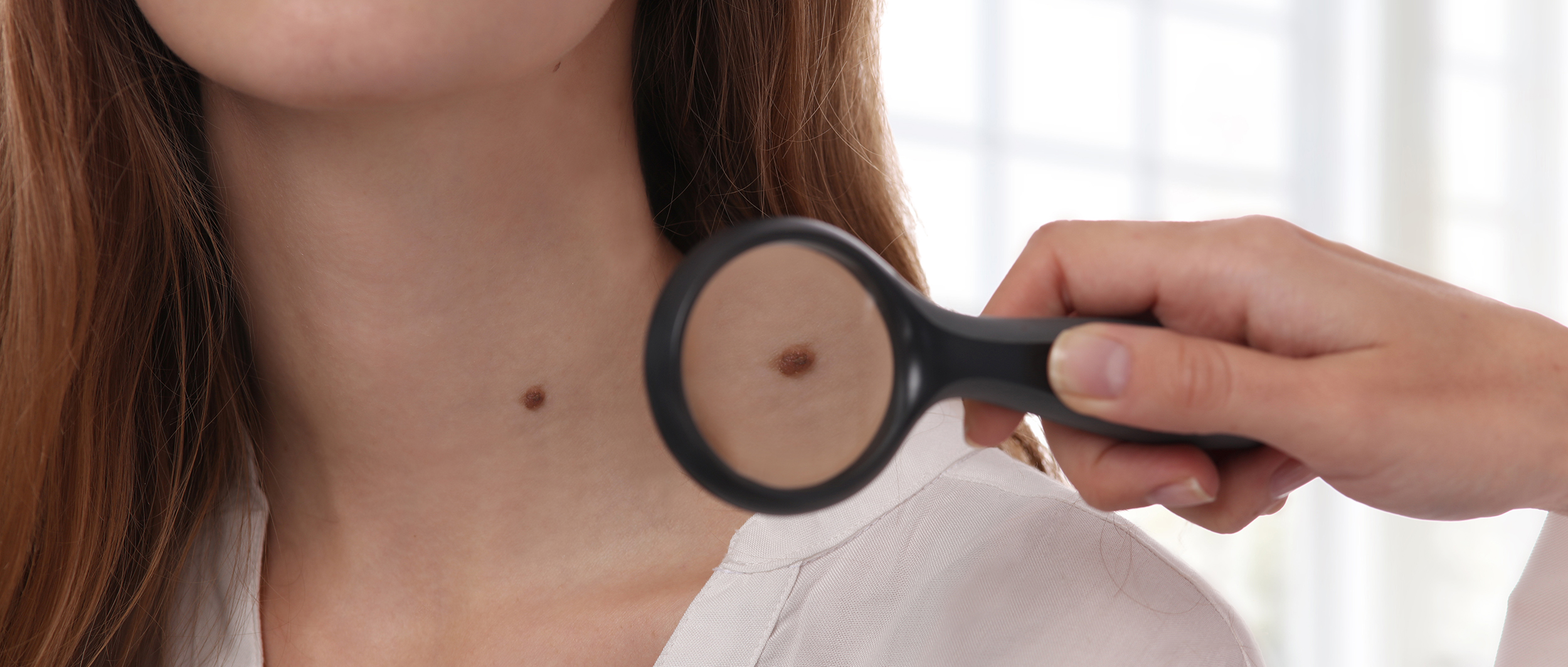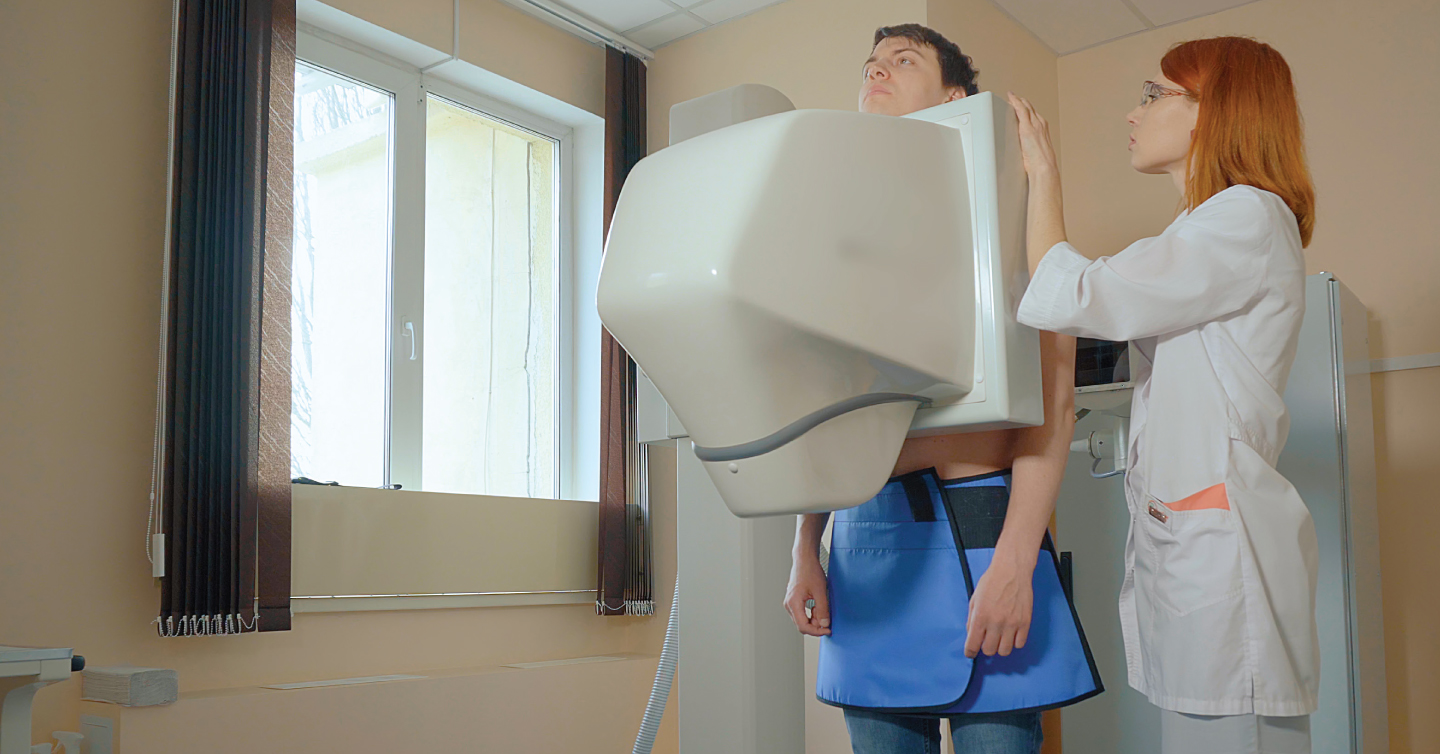Is it Skin Cancer?

Skin cancer detection and prevention
Skin cancer is the uncontrolled growth of abnormal skin cells. One in five Americans will develop skin cancer during a lifetime. It’s the most common type of cancer and the most curable if found and removed early. Exams by your personal doctor and checking your own skin frequently can help with finding skin cancer before it becomes a serious problem.
“We recommend you check your skin thoroughly about once a month. Make it a routine, a monthly task that you have to check off,” says Dr. Gregory Buran, Medical Director at Network Health. “It takes just a few minutes and can potentially save your life.”
If you’re checking your skin for the first time, you should know what to look for and how to spot the difference between normal and abnormal moles. Normal moles appear in the first few decades of life and show up as small brown spots or growths on the skin. The average young adult has about 10 to 20 normal moles.
“Many of the moles that appear on children at a young age are caused by sun exposure,” says Dr. Buran. “Just a few sunburns can increase your child’s risk of skin cancer later in life, which is why it’s so important to protect their skin from the sun.”
“But don’t stop there! Put your own sunscreen on too. Seventy-five percent of our lifetime sun exposure comes when we’re adults. It’s as important to protect our skin as it is our kids. And, it gives the added benefit of protecting our skin from the premature signs of aging.”
Skin cancer vs. moles and birthmarks
There are six important characteristics Dr. Buran suggests looking for when you are checking your moles.
- Shape – One side should match the other and the mole should be round or oval.
- Border – The edges should be well defined and not fading into the surrounding skin.
- Color – They should be tan, brown or skin color, and each mole should be one color throughout.
- Diameter/Size – They should be smaller than the size of a pencil eraser.
- Location – They are most often concentrated on sun-exposed areas of the face, trunk, arms and legs.
- Onset – Moles usually develop during childhood and through ages 35 – 40, new moles as an adult are more likely to be cancerous than old moles.
The “ABCDE” rule is another good way to remember what an abnormal mole typically looks like.
“It’s very important to pay attention to warning signs of melanoma such as changes in the surface of the mole (oozing, bleeding or the appearance of a bump), redness or new swelling, the spread of pigment beyond the border, itching, pain or a sore that doesn’t heal,” says Dr. Buran. “If you have any doubt in your mind, see your doctor as soon as possible.”



